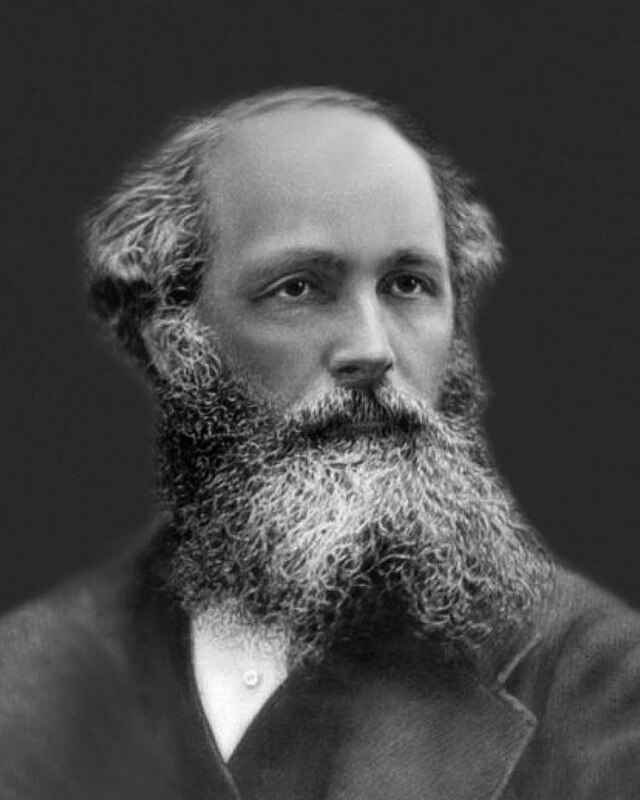The online RLC circuit simulations on this page allow you to interactively explore how circuits combining resistors, coils and inductors behave. By analysing phenomena such as resonance, filters and LC oscillation, these tools make it easier to understand fundamental concepts of electronics and their practical applications in electrical systems and modern devices.
What is an RLC circuit
An RLC circuit is an electrical system made up of resistors, coils or inductors, and capacitors connected together. These circuits can operate with both direct current and alternating current, although their most interesting behaviour is observed with AC, where phenomena such as resonance and phase shift between current and voltage appear. With DC, the circuit mainly shows transient charge and discharge phenomena, which help to understand how resistance, inductance and capacitance interact. RLC circuits are fundamental for studying oscillating systems and are widely used in electronics, telecommunications and other technological fields.
Operation of RLC circuits
The operation of an RLC circuit depends on the interaction between resistance, inductance and capacitance, especially when alternating current is applied. These three elements determine how the current flows, how energy is stored and released, and how the circuit responds to different frequencies. In addition, they allow the appearance of phenomena such as resonance and damping of oscillations, concepts fundamental to understanding their behaviour in electronics and telecommunications.
Fundamental parameters
RLC circuits are made up of three essential elements: resistance (R), inductance (L) and capacitance (C). The resistance limits the current intensity, dissipating energy as heat. The inductance, associated with the coil, generates a magnetic field and causes a delay in the current’s response to voltage changes. The capacitance, provided by the capacitor, allows electrical energy to be stored and released later, also affecting the phase shift between current and voltage. The interaction of these three parameters determines the overall behaviour of the circuit when faced with alternating current signals.
Resonance in RLC circuits
Resonance occurs when the frequency of the applied signal coincides with the natural frequency of the circuit, causing the amplitude of the current to reach its maximum value. At this point, the inductive and capacitive reactance cancel each other out, leaving only resistance as opposition to the passage of current. The resonance frequency depends on the values of L and C and is a key concept for designing filters, oscillators and tuning systems in electronics.
Behaviour with alternating current
When an RLC circuit is connected to an alternating current source, the current and voltage are not always in phase due to the presence of inductance and capacitance. The phase difference depends on the signal frequency and the values of the components. The total impedance of the circuit combines the resistance with inductive and capacitive reactances, determining both the amplitude of the current and its phase shift. This behaviour is fundamental for analysing the response of electrical systems to different frequencies.
Types of RLC circuits
There are mainly three configurations: series, parallel and combined. In a series RLC circuit, the components are connected one after another, sharing the same current but with varying voltage across each element. In a parallel RLC, the components are connected between two common points, sharing the same voltage and with individual currents in each branch. Combined circuits show mixed characteristics. Each type has specific applications: series circuits are used in simple filters and oscillators, while parallel ones are employed in tuners and frequency selection systems.
Applications of RLC circuits
RLC circuits are widely used in electronics and telecommunications due to their ability to filter, tune and temporarily store energy. They are used in frequency filters, oscillators, resonant circuits for radio and television, and control systems where it is necessary to adjust the response to specific alternating signals. Understanding these applications allows you to connect theory with practical uses in real life and modern technological devices.
Explore the exciting STEM world with our free, online simulations and accompanying companion courses! With them you'll be able to experience and learn hands-on. Take this opportunity to immerse yourself in virtual experiences while advancing your education - awaken your scientific curiosity and discover all that the STEM world has to offer!
RLC circuit simulations
- Basic kit
- Combi I
- Combi II
- RLC series
- Filter
- Advanced kit
- AC RLC
AC circuit construction basic kit
This simulation allows you to build alternating current electrical circuits with resistors, coils and inductors, exploring how these components interact and affect the circuit’s behaviour. It allows you to experiment with different configurations and observe real-time magnitudes such as current and voltage.
File
Combination of inductor and capacitor in alternating current I
This simulation allows you to observe how an inductor and a capacitor interact within an alternating current circuit. The inductor behaves as a resistance that depends on the frequency of the signal, while the capacitor enables the flow of alternating current through charging and discharging processes. It is useful for studying the relationship between inductance, capacitance, and frequency in RLC circuits.
Combination of inductor and capacitor in alternating current II
In this simulation, the behaviour of inductors and capacitors in high-frequency alternating current circuits is explored in greater depth. It can be observed that alternating current has difficulty passing through the inductor at high frequencies, whereas the capacitor allows the passage of alternating current through charging and discharging processes. This simulation is useful for studying the relationship between inductance, capacitance and frequency in RLC circuits.
Series RLC circuit
This simulation allows you to explore a series circuit made up of a resistor, a coil and a capacitor. You can observe how current and voltage vary in each component, how resonance occurs and how the circuit behaves at different frequencies. It is an excellent tool for practically understanding the principles of series RLC circuits.
LC Filter
This simulation allows you to analyse how an LC filter, made up of an inductor and a capacitor, acts on signals of different frequencies. It is useful for understanding how high-pass, low-pass or band-pass filters are designed and how RLC circuits are practically applied to control electrical signals.
AC circuit construction advanced kit
This simulation offers a more structured environment for studying RLC circuits with alternating current, with additional components and advanced measurement tools, ideal for carrying out guided experiments and deeper analysis.
File
AC RLC Circuit
This simulation is used to explore the resonance frequency of an RLC circuit by changing the frequency until the maximum voltage is obtained across the resistor. In this simulation, you can observe the effect of frequency on the voltages in a series circuit containing a resistor, a capacitor and a coil. You can change the value of these components, as well as the frequency of the generator. Check the graph that appears below the circuit.
When you are ready to begin, press the “Begin” button.
Giants of science
“If I have seen further, it is by standing on the shoulders of giants”
Isaac Newton

Michael Faraday
–

André-Marie Ampère
–
Become a giant


Principles of Modeling, Simulations, and Control for Electric Energy Systems



Principles of Electric Circuits | 电路原理



Electrotechnique I



Electromagnetic Compatibility Essentials



AP® Physics 1 – Part 1: Linear Motion



Circuits for Beginners



AP® Physics 1



AP® Physics 1 – Part 2: Rotational Motion


































